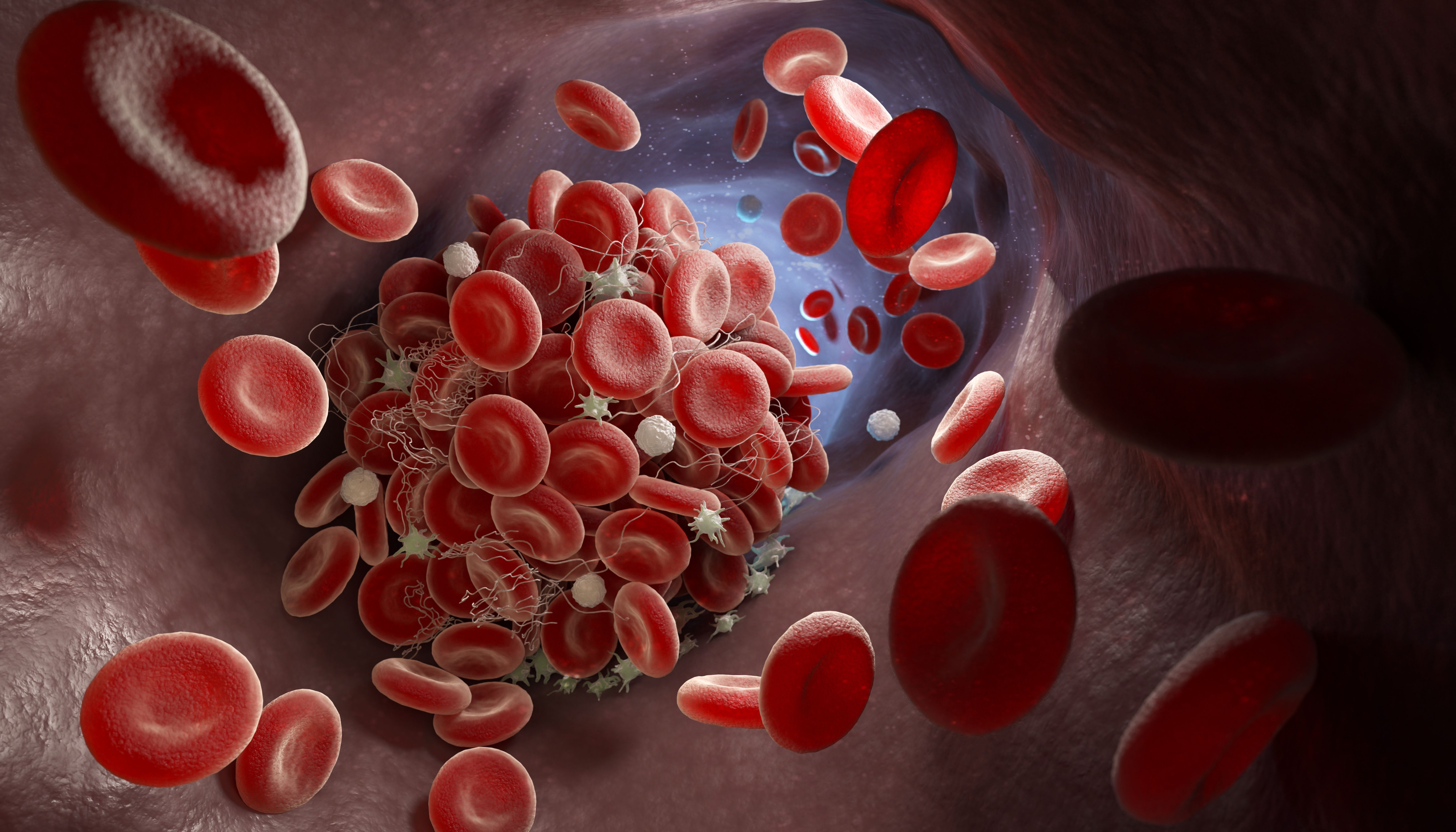Article
Curcumin and Vitamin D Treatment May Stabilize Disease in Patients with CLL and SLL
Author(s):
In patients with chronic lymphocytic leukemia (CLL) or small lymphocytic lymphoma (SLL), high doses of curcumin and vitamin D could help stabilize the disease, according to new research presented at the American Society of Hematology’s (ASH) Annual Meeting in San Diego.
In patients with chronic lymphocytic leukemia (CLL) or small lymphocytic lymphoma (SLL), high doses of curcumin and vitamin D could help stabilize the disease, according to new research presented at the American Society of Hematology’s (ASH) Annual Meeting in San Diego.
Both types of non-Hodgkin lymphoma, CLL/SLL are similar, slow-growing disease in different locations of the body: in the blood and bone marrow in CLL, and the lymph nodes in SLL. As the researchers noted in their study, most current treatments for CLL/SLL are non-curative and have frequent toxicities. Several trials have also indicated that early treatment does not guarantee longer overall survival.
Previous clinical studies have shown that curcumin, a chemical derived from turmeric, and vitamin D are both safe in high doses for patients with solid tumors. Additionally, the research presented at ASH notes that curcumin has been found to disrupt CLL cell interactions, induce cell death independent of DNA damage and upregulate vitamin D receptor levels in malignant cells.
Given this, the researchers set out to examine whether the combination of curcumin and vitamin D could safely delay disease progression in patients with CLL/SLL. In their phase 2, open-label trial, the team enrolled a total of 35 previously untreated patients with asymptomatic, stage 0 to 2 CLL/SLL.
The majority of patients (51 percent) were males with CLL (97 percent); 51 percent were stage 0, and 49 percent were stage 1. The median age was 60 years old. The 30 evaluable patients started out by receiving 8 grams of curcumin daily for one week, then added 10,000 IU of vitamin D3 orally. Both treatments were taken for up to six 4-week cycles.
Patients received a median of five cycles, and the treatment was well tolerated. The most frequent side effects were diarrhea/gastrointestinal upset in 69 percent of patients, 14 percent of which experienced this at a grade 3.
Eighteen patients completed all six cycles, while 10 withdrew consent, four discontinued treatment due to adverse effects and three patients’ disease progressed while on treatment.
The primary endpoint of the study was the overall response rate (ORR), while secondary endpoints included event-free survival (EFS), time to next treatment overall survival (OS) and time to next treatment. Researchers also evaluated the levels of curcumin and vitamin D activity within CLL cells by using flow cytometry.
The best response was stable disease in 28 of the 30 evaluable patients (93 percent). After a median follow up of 29 months, EFS was 72 percent, 74.1 percent had not started new CLL treatment, and OS was 100 percent.
While no responses were seen, the majority of evaluable patients maintained stable disease while in treatment.
The researchers concluded that because the combination of curcumin and high-dose vitamin D is safe and well-tolerated, additional extended follow up is now planned to examine how this treatment impacts the long-term progression of disease in patients with CLL/SLL.





